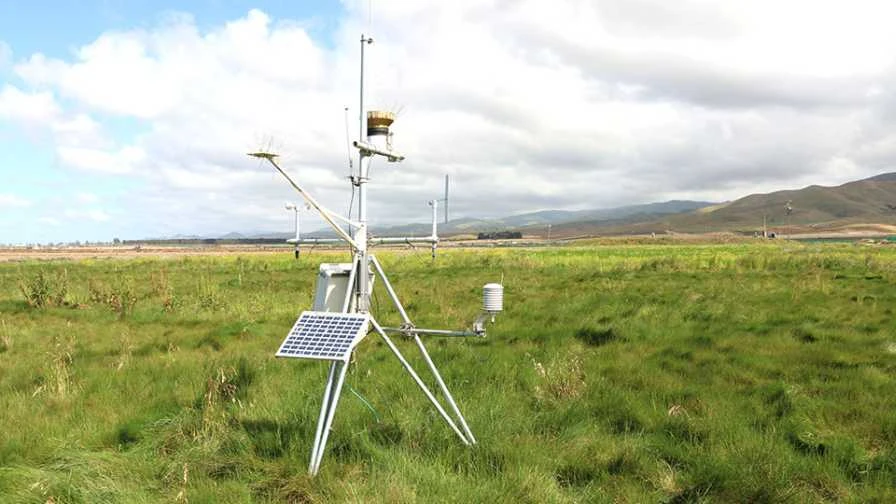what is automatic weather station ?
Automated Weather Stations (AWS) are advanced systems that collect weather data. They use high-tech sensors and equipment. These stations are vital for weather forecasting, climate research, agriculture, and many other fields. This article delves into the workings of an remote automated weather stations and the advantages it provides.
1. Key Components of an Automated Weather Station
An Automated Weather Station has key parts that work together. They help gather weather data in a precise and dependable way. These parts weather station include:
– Weather Parameter Sensors: The station has various sensors. They measure pressure, temperature, humidity, wind speed, wind direction, rainfall, solar radiation and sunlight. These devices sense weather changes and turn them into electrical signals.
– Data Logger: The meteorology data logger is the main processor for AWS. It records and manages the readings from the sensors.
– Communication System: An AWS has a way to send data. It can send weather data to a central server or show it live. This can use wired or wireless networks, satellite communication, or mobile networks.
– Power Supply: A steady power source is needed to keep things running. This usually comes from solar panels, batteries, or a mix of both. This system allows the AWS to work without stopping, even in remote locations areas.
2. How an Automated Weather Station Operates
Once it is set up, AWS starts collecting weather data. Here’s how it works:
– Sensor Readings: The sensors check and measure different weather conditions. For example, the temperature sensor detects changes in temperature. The measure wind speed sensor measures how fast the wind blows and which way it goes.
Sensors change the weather conditions we see into electrical signals. These signals are then sent to the data logger.
Logging: The data logger records these signals. It saves each measurement along with the date and time.
Storage: The data logger’s memory holds the processed information. It is important to have enough space for large data.
Weather data is sent by collectors to a central server or directly to users. This depends on the communication systems in use.
Examiners check the data carefully when they get it. They search for patterns, trends, and strange results. Weather scientists, researchers, and agricultural experts can share this information with visual displays or special software.
3. Advantages of Automated Weather Stations
Remote automated weather stations offer several benefits over traditional weather observation methods:
– Accuracy and Precision: AWS uses advanced sensors to check weather conditions. This is important for farming, flying, and dealing with disasters.
– Real-time Data: AWS gives you access to live weather data. This helps with quick monitoring and better decisions. It is crucial for tasks like air traffic control and tracking storms.
– Cost-effectiveness: AWS may cost more at first than traditional stations. However, they save money in the long run. This is because they need less maintenance and have lower labor costs.
– You can set up AWS in hard-to-reach places for remote monitoring. It works by itself to give important weather data when getting accurate information is hard.
– Data Integration: AWS makes it easy to connect weather data with other apps and platforms. This helps areas such as farming, energy, transport, and city planning. As a result, it improves decision-making and overall efficiency.
Conclusion
What is an automatic weather station? Automated Weather Stations (AWS) help us track and predict the weather.
They use advanced weather sensors, data logging, and communication networks. AWS gives accurate, real-time weather data. These stations have many benefits. They make accuracy better, save money, let you monitor from afar, and work well with other systems.
As technology gets better, AWS will change how we see the weather. This will help make society safer and work better.
Coda Sensors can greatly improve research that helps society. Hunan Coda Electronic Tech Co., Ltd is set for steady growth.
They have made their operations better and have increased their capacity. Their strong position in key domestic markets will help customers and investors. The company has grown its manufacturing to better meet customer needs.
Hunan Coda Electronic Tech Co., Ltd provides strong and easy-to-use sensor solutions. These solutions are good systems for checking the environment. They are made for Original Equipment Manufacturers (OEM).
